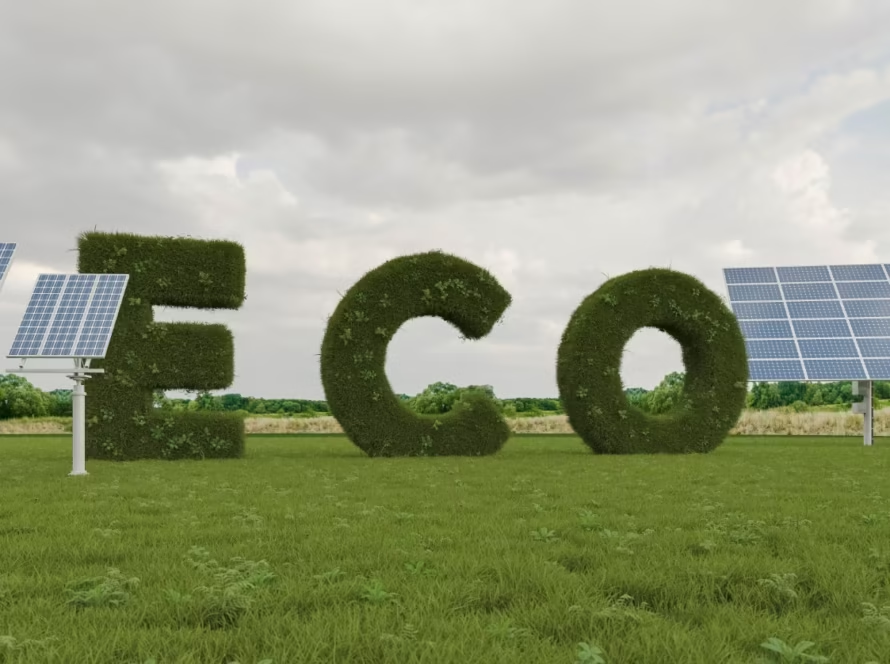The future of energy lies in combining diverse renewable sources to create systems that are sustainable, reliable, and efficient. Hybrid renewable energy systems (HRES) blend two or more sources—such as solar, wind, hydro, geothermal, or tidal—often paired with energy storage. By harnessing complementary patterns and intelligent storage, HRES overcomes the intermittency challenges of single-source setups. In this blog, we’ll explore the core aspects that make these systems more resilient, efficient, and ready for the future.
Key Aspects of Combining Multiple Renewable Sources
1. Complementary Nature of Renewables
Solar energy peaks during the day.Whereas Wind energy often peaks at night or during different weather conditions.Together, solar and wind can balance each other’s intermittency for a more stable output.
2. Energy Storage and Management
Excess energy from high-production periods can be stored in batteries or other systems for use during low-generation times or peak demand, enhancing grid stability and reliability.
3. Diverse Hybrid Configurations
Combinations such as solar-wind, hydro-solar, hydro-wind, solar-geothermal, and wind-tidal can be tailored to local resource availability, maximizing performance.
Benefits of Hybrid renewable energy systems (HRES)
Increased reliability and resilience, reducing blackouts.
Reduced dependence on fossil fuels.
Greater energy security for remote and off-grid areas.
Long-term cost savings through lower operational expenses.
Smooth integration with smart grids for better supply-demand management.
Broader Impacts
Hybrid renewable systems do more than just cut emissions—they reshape the energy landscape:
Accelerating the net-zero transition: By integrating multiple renewables plus storage, HRES shortens the time it takes to decarbonize power grids—especially in places where building a single-source system may be prohibitively expensive or impractical.
Supporting biodiversity and environmental stewardship: Distributed generation reduces reliance on large-scale infrastructure, limiting habitat disruption. Thoughtfully sited systems (like small hydro or solar-wind farms) avoid intense land use impacts.
Empowering marginalized and rural communities: In developing regions, HRES offers clean power without waiting for centralized grid expansion—advancing equity in energy access globally.
Practical Applications
HRES adaptability makes them ideal across diverse settings:
Off-grid and remote communities: Locations like islands, mountainous villages, and Arctic settlements benefit from resilient microgrids that replace costly diesel generators with solar-wind-hydro hybrids, often paired with batteries and smart controllers.
Industrial and agricultural zones: Large manufacturing plants or irrigation systems can be powered by wind-solar combos, reducing energy costs and providing buffer capacity during peak demand.
Urban and suburban microgrids: Residential complexes, campuses, and transit facilities can host rooftop solar, small wind turbines, and battery storage—boosting self-reliance and offering emergency backup during outages.
Transportation hubs and EV infrastructure: Airports, train stations, and electric vehicle charging stations can be powered by on-site hybrid systems, ensuring stable electrification and lowering carbon footprints.
Scalable from kW to MW: HRES projects range from small community systems (kilowatt-scale) to mega projects (megawatt-scale), making them highly adaptable to financial, technical, and resource constraints.
Real-World Examples
A hybrid wind-hydro system on Kodiak Island, Alaska, now provides nearly 100% of the community’s electricity from renewable sources. The Terror Lake hydro plant supplies most of the power, complemented by wind turbines at Pillar Mountain. Battery storage and flywheel systems keep the grid stable, allowing the island to cut diesel use by over 99% and save millions in fuel costs while avoiding thousands of tonnes of CO₂ emissions each year.In the Middle East, the Mohamed bin Rashid Al Maktoum Solar Park in Dubai is exploring hybrid models that integrate solar power with thermal storage and wind systems. Once fully operational, it is projected to generate 5,000 MW by 2030, cutting carbon emissions by more than 6.5 million tonnes each year.
The Energy Evolution Award & Conference 2026– Dubai
The Energy Evolution Award & Conference 2026 in Dubai will be a premier global platform to showcase groundbreaking advancements in the energy sector. Gathering leading experts, innovators, policymakers, and business leaders, the event will spotlight the transformative potential of hybrid renewable energy systems. Through dynamic discussions, cutting-edge research, and collaborative networking, participants will explore how combining diverse renewables with advanced control systems and storage can create resilient, efficient, and clean energy solutions. As Dubai strengthens its position as a global hub for sustainability and innovation, this event will play a vital role in accelerating the global energy transition and inspiring actionable strategies for a greener future.



